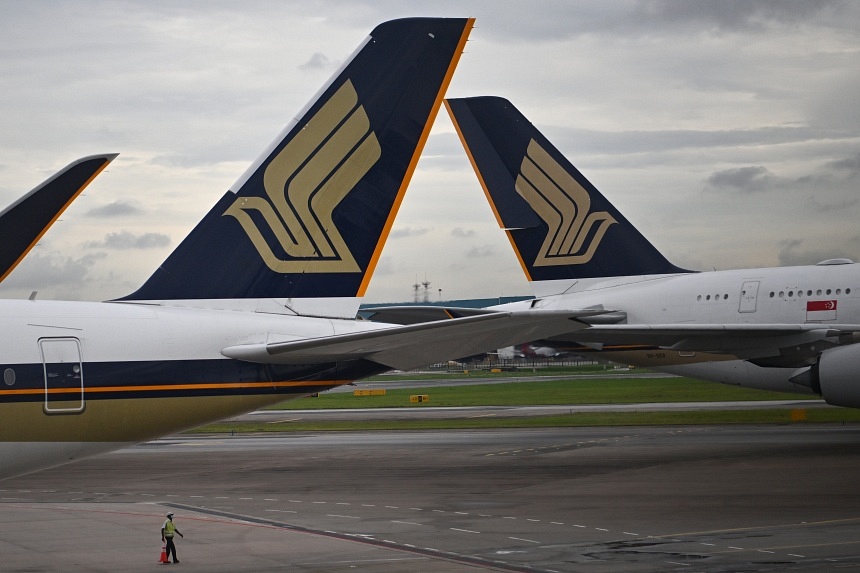Flight frequencies have already been increased to popular destinations such as Hanoi, Ho Chi Minh City, Johannesburg, Melbourne, Perth, Phuket, Seoul (Incheon), Sydney and Tokyo (Narita).
SIA will also launch a daily service to Beijing in November, and operate supplementary flights to Chitose (Sapporo), Christchurch and Taipei between December 2024 and March 2025.
The carrier plans to boost flight frequencies during the northern summer season between March 30 and Oct 25, 2025, too.
These will include increased weekly services to destinations such as Adelaide, Barcelona, London (Gatwick), Milan and Rome, catering to the mid-year travel demand.
Having additional capacity coming online now might soon also work in the airline’s favour if planemaker Boeing’s recent problems are anything to go by.
Boeing in October cut 17,000 jobs, or around 10 per cent of its workforce, in a move that will delay first deliveries of its 777X jet to 2026. This is after it halted production of its 737 Max, 767 and 777 jets after 33,000 US workers went on strike.
Still, competition for passengers among airlines globally has been heating up at a time when Boeing’s woes are expected to result in capacity constraints across the industry that could last for years, International Air Transport Association director-general Willie Walsh said in October.
Of the 77 passenger aircraft SIA and Scoot have on order, 52 are Boeing planes. Of these, 31 are Boeing 777-9s, which will be affected by the delays.
On Nov 4, SIA announced a $1.1 billion plan to retrofit 41 Airbus A350 long-haul and ultra-long-haul aircraft with newly designed cabins to improve premium travel on its network.
The move, which will be completed in 2030, will include first-class cabins retrofitted in seven A350-900ULR aircraft, while business-class cabins will be upgraded in all 41 aircraft. The first retrofitted plane will be ready by 2026. The airline added that these are the same seat designs that were meant for the Boeing 777-9 aircraft.
Premium economy and economy-class cabins will also be refreshed, it said.
The move also comes as passengers departing from and transiting at Singapore’s Changi Airport will have to pay progressively higher fees and levies over the next six years, as the airport looks to finance a new $3 billion improvement plan for its four terminals.
The move could deter passengers from passing through Changi, which could, in turn, have an impact on SIA as passengers turn to other options.
Shares in SIA closed on Nov 8 at $6.45.

